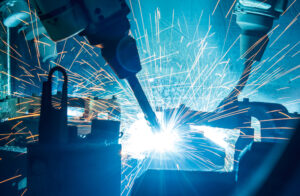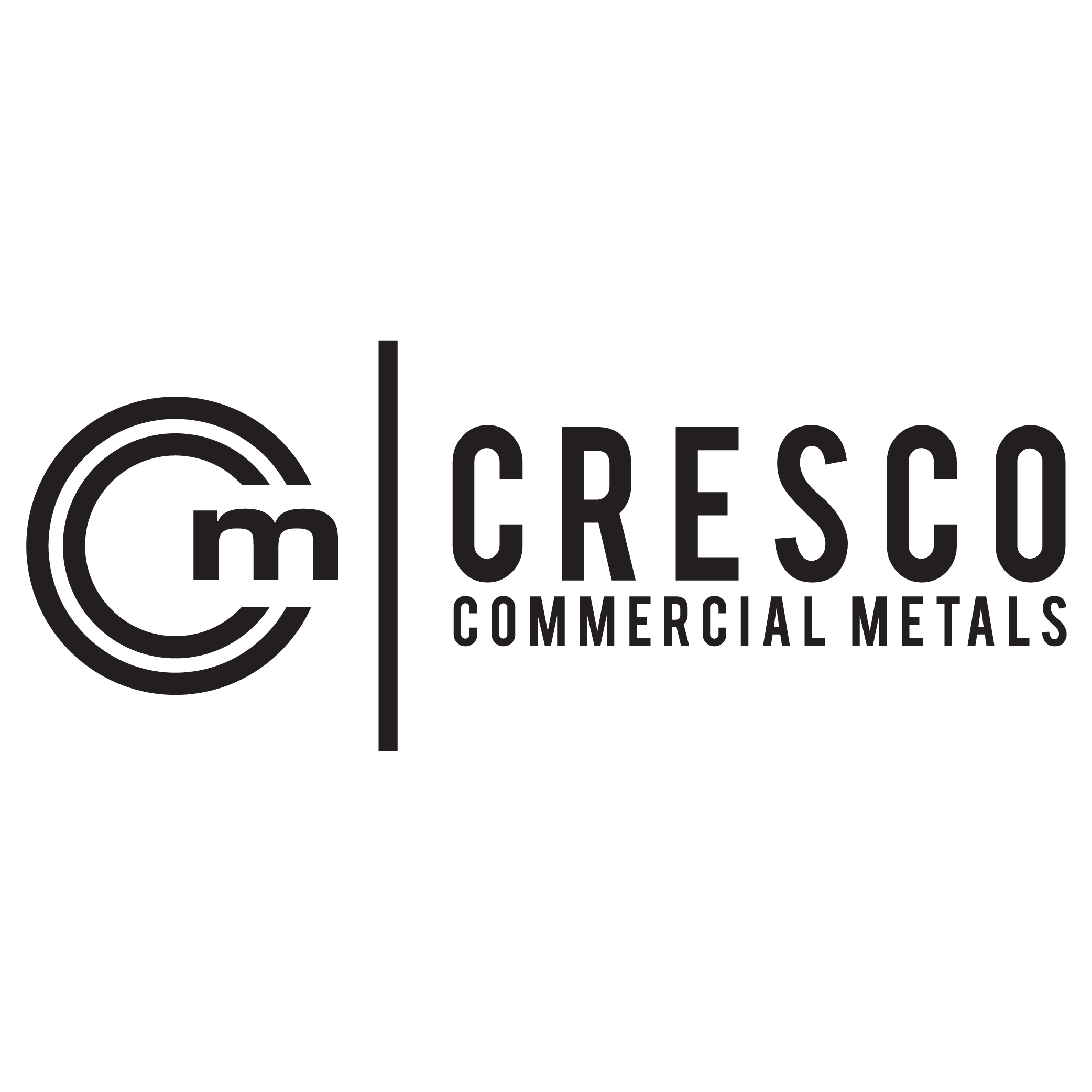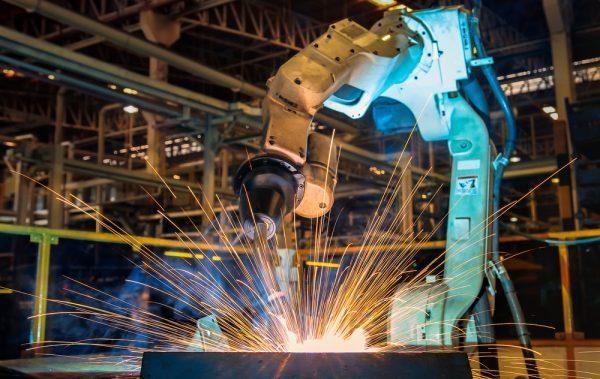Why is Inert Gas Welding Essential for Quality Custom Metals?
Precision and aesthetic matter more than anything in the modern era of custom metal fabrication. If you are into industrial equipment manufacturing, decorative installations, and architectural structures, the welding method you select plays a vital role in the final products’ finish and strength. Among the most common methods, inert gas welding – generally familiar as Metal Inert Gas welding or MIG – stands out as the leading technique.
By combining techniques from a commercial welding company, you can understand why inert gas welding is the gold standard, ensuring you make the perfect selection for your business. In this blog, you will learn about the advantages of metal inert gas welding and its importance for standard custom metals.
Defining inert gas welding
Inert gas welding, or in general MIG welding, includes a consistent wire electrode and shielding gas (usually argon or a mix of argon and CO2) for protecting the weld pool from environmental contamination. These protective shields help prevent impurities and oxidants, ensuring a stronger or cleaner weld.
Contrary to conventional stick welding, MIG welding offers higher precision, making it particularly valuable in custom-fabricated projects that require smooth and accurate finishing.
Benefits of metal inert gas welding
1. Superior weld quality
The shielding gas produces a controlled atmosphere that prevents contamination, resulting in longer-lasting and stronger welds. For businesses requiring accurate standards in construction, manufacturing, and aerospace, this reliability is extremely valuable.
2. Versatility across metals
One of the main advantages of metal inert gas welding is the capability to work on a wide range of metals, such as carbon steel, aluminum, and stainless steel. This flexibility makes it perfect for projects where various types of metals are integrated.
3. Speed and efficiency
MIG welding offers faster welding compared to other methods. Its consistent wire feed results in minimal interruptions, which boosts productivity for commercial projects without sacrificing quality.
4. Cleaner and aesthetic finishes
As MIG welding creates minimal spatter and requires less post-weld cleaning, it is the go-to procedure for applications where visual appearance is as crucial as strength. This creates a perfect blend of decorative architectural design and custom metalwork.
5. Precision for complex projects
For custom welding, MIG welding offers the accuracy required to manage lightweight yet strong aluminum components. This precision assures that even intricate designs meet both performance and visual expectations.
Why commercial projects blindly trust MIG welding
When businesses partner with a trusted welding company, efficiency and cost-effectiveness become crucial. MIG welding not only amplifies production but also decreases material waste. This combination enables projects to be completed on time and within budget, all while maintaining the highest craftsmanship standards.
Commercial applications of MIG welding include –
- Architectural metalwork – Decorative panels, structural supports, and gates
- Automotive and aerospace components – lightweight parts made of aluminum require precision
- Manufacturing lines – Consistent and fast welding for mass production
By assuring both aesthetic appeal and strength, inert gas welding offers exactly what businesses need to stay competitive.
The role of inert gas welding in custom aluminum welding
Aluminum, while lightweight and strong, is also highly reactive and prone to oxidation. Without the correct welding technique, aluminum welds can become brittle and weak. That is where inert gas welding excels –
- Smooth finishes eliminate spatter, ensuring cleaner welds that do not compromise the appearance of aluminum.
- Shielding gas protection – Argon shields the weld pool, preventing aluminum from oxidizing during the process.
- Structural integrity – MIG welding assures the strength of aluminum joints in particular. The joints are critical for load-bearing structures or precision parts.
For businesses like automotive and aerospace, where aluminum is extensively used, MIG welding is essential for achieving both performance and strength.
Final thoughts
This selection of welding technology has a direct impact on the efficiency, appearance, and durability of your custom metal projects. With its capability to provide superior strength, precision, and cleaner finishes for complex metals such as aluminum, inert gas welding has become the cornerstone in contemporary custom fabrication.

Partnering with commercial fabricators like Cresco allows you to fully leverage the benefits of metal inert gas welding, achieving extraordinary outcomes in every project.
FAQs
What are the main advantages of metal inert gas welding?
Superior strength, quicker production, cleaner finishes, and the capacity to weld a variety of metals, such as carbon steel, stainless steel, and aluminum, are all advantages of MIG welding.
Why is MIG welding preferred for custom aluminum welding?
Because aluminum is prone to oxidation, MIG welding’s shielding gas avoids this problem while guaranteeing precise, seamless, and long-lasting welds.
How does a commercial welding company use inert gas welding for large projects?
MIG welding is used by commercial welding businesses to meet the precise requirements of unique projects while achieving faster turnaround times, maintaining consistent weld quality, and minimizing material waste.
Is inert gas welding suitable for decorative or aesthetic metalwork?
Yes. MIG welding is ideal for architectural and decorative work where strength and appearance are equally crucial because it creates smooth, low-spatter welds.


